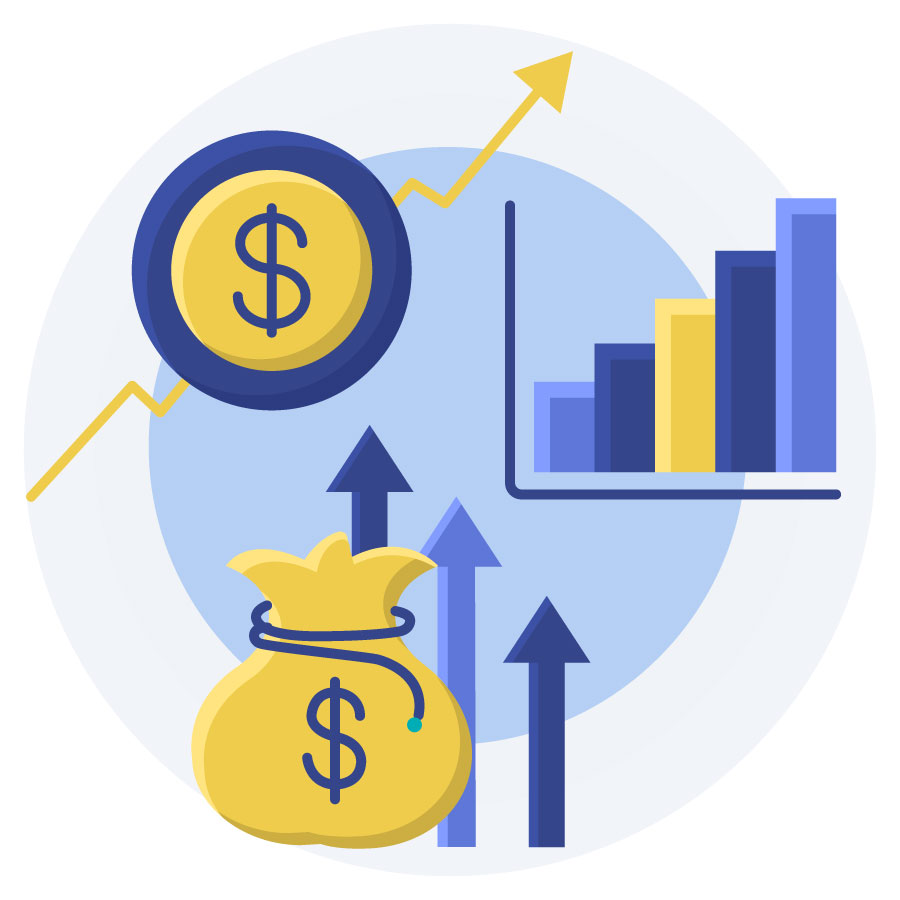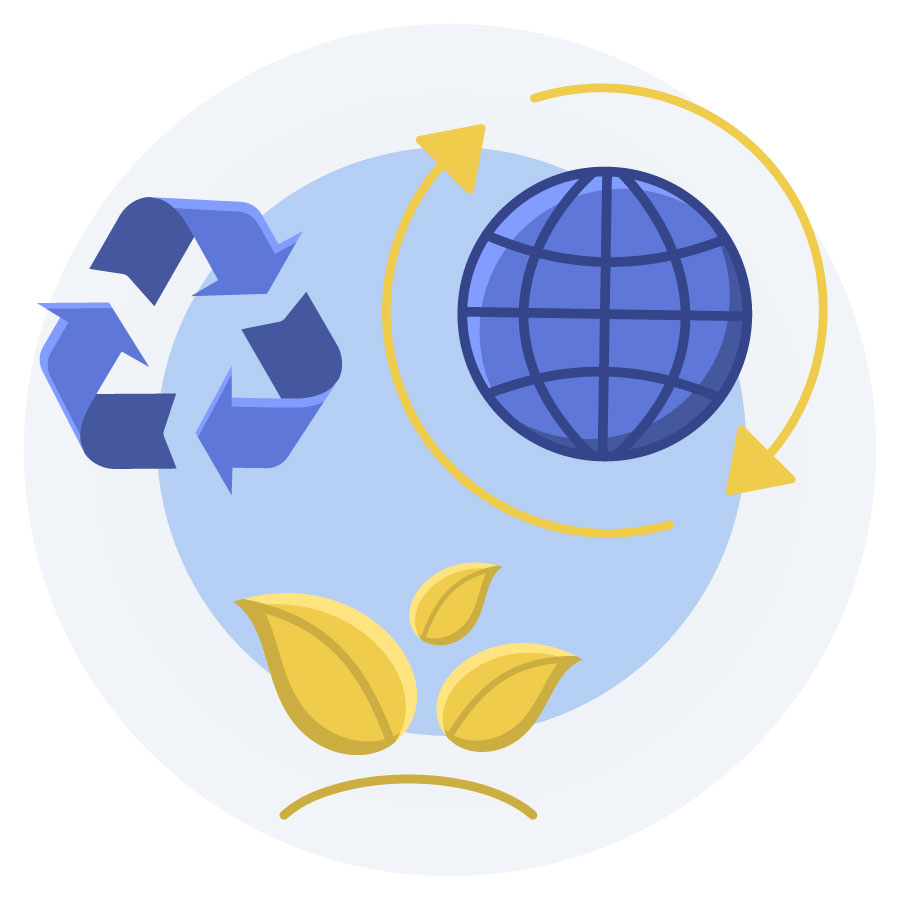The Imbalance of the Triple Bottom Line
Several Researchers have indicated the Triple Bottom Line has been imbalanced in education and sustainability plans with the least emphasis on the social and the economic dimensions (i.e., Kalsoom & Khanam, 2017; Lidstone et al., 2015; Watson et al., 2013).
It is important to incorporate each dimension within the curriculum, education and personal lives. For example, depending on the sector you work in, some questions you can reflect on are:

Is the local societal economy supported to support the other 2 dimensions - social and the environment? Are we developing and advancing financial literacy and knowledge for this generation and the next to assist in meeting their survival needs and enhance our economy?

As a society, are individual needs like shelter, food, education being met? Are we working together to include diverse perspectives, open discussions, the community to help solve issues in the environment, social and economic? Are we welcoming diverse conversations?

Are resources wasted? Is there excessive waste? Are products used harmful? Are they eco-friendly? How can we create better learning outcomes to foster belonging, collaboration to work together and come up with solutions?